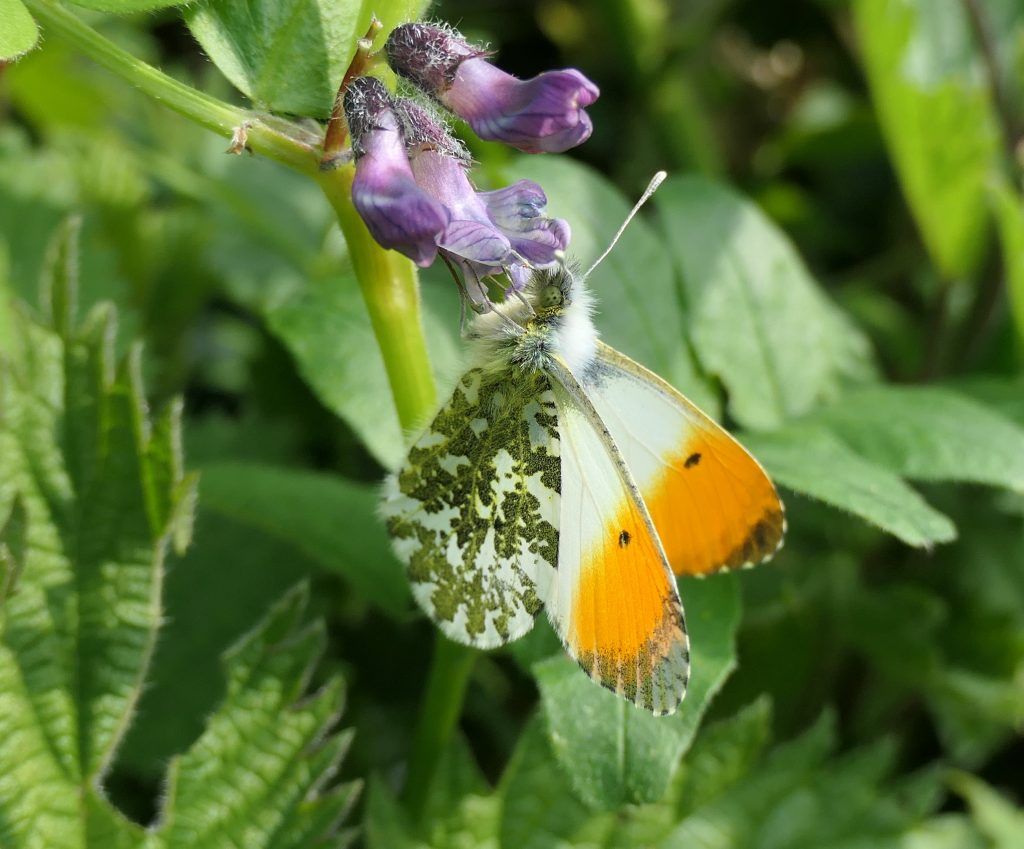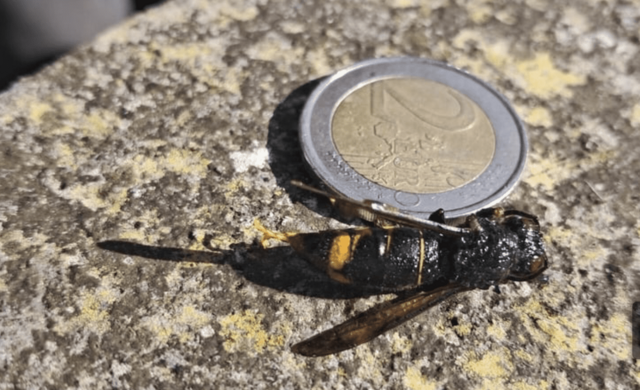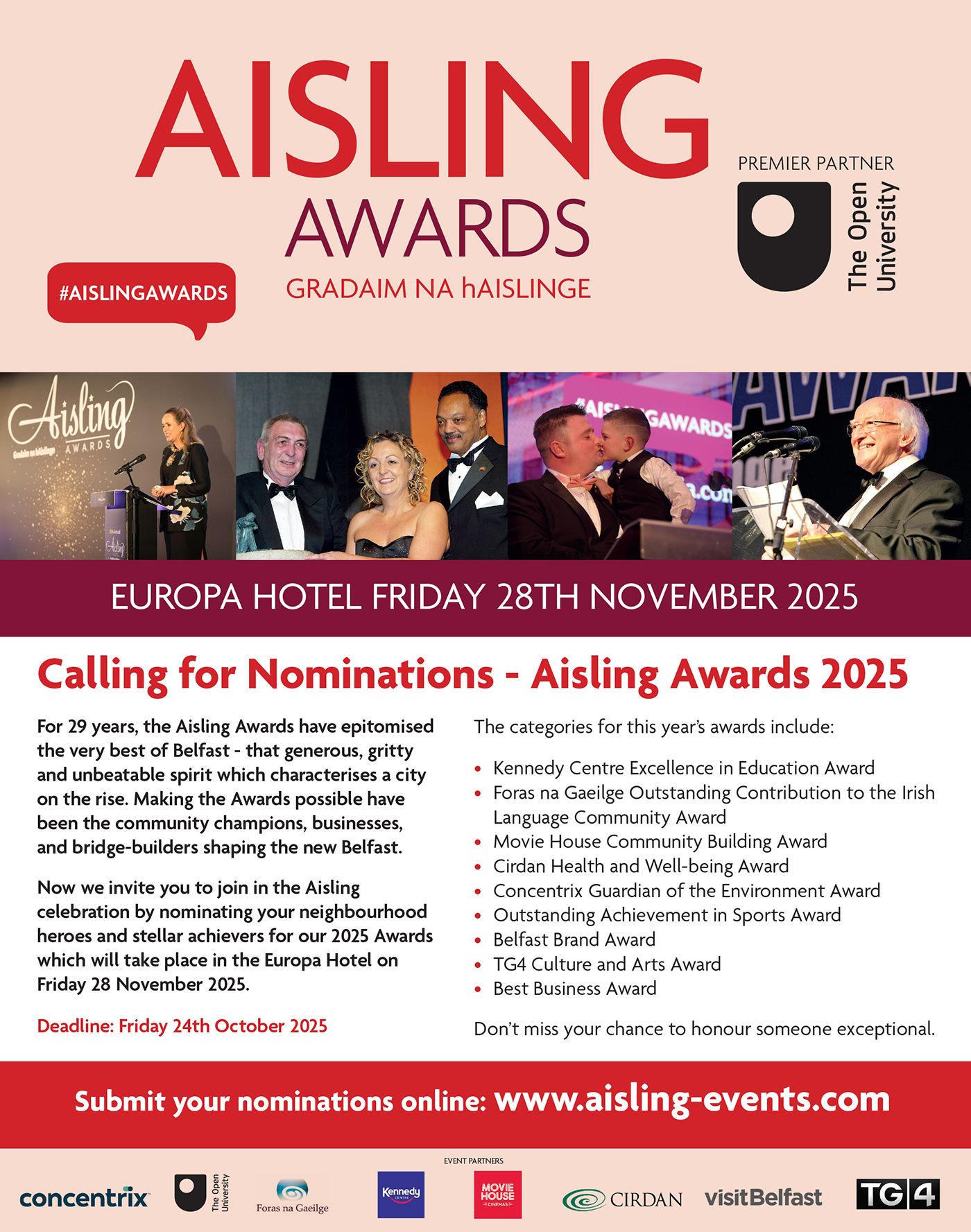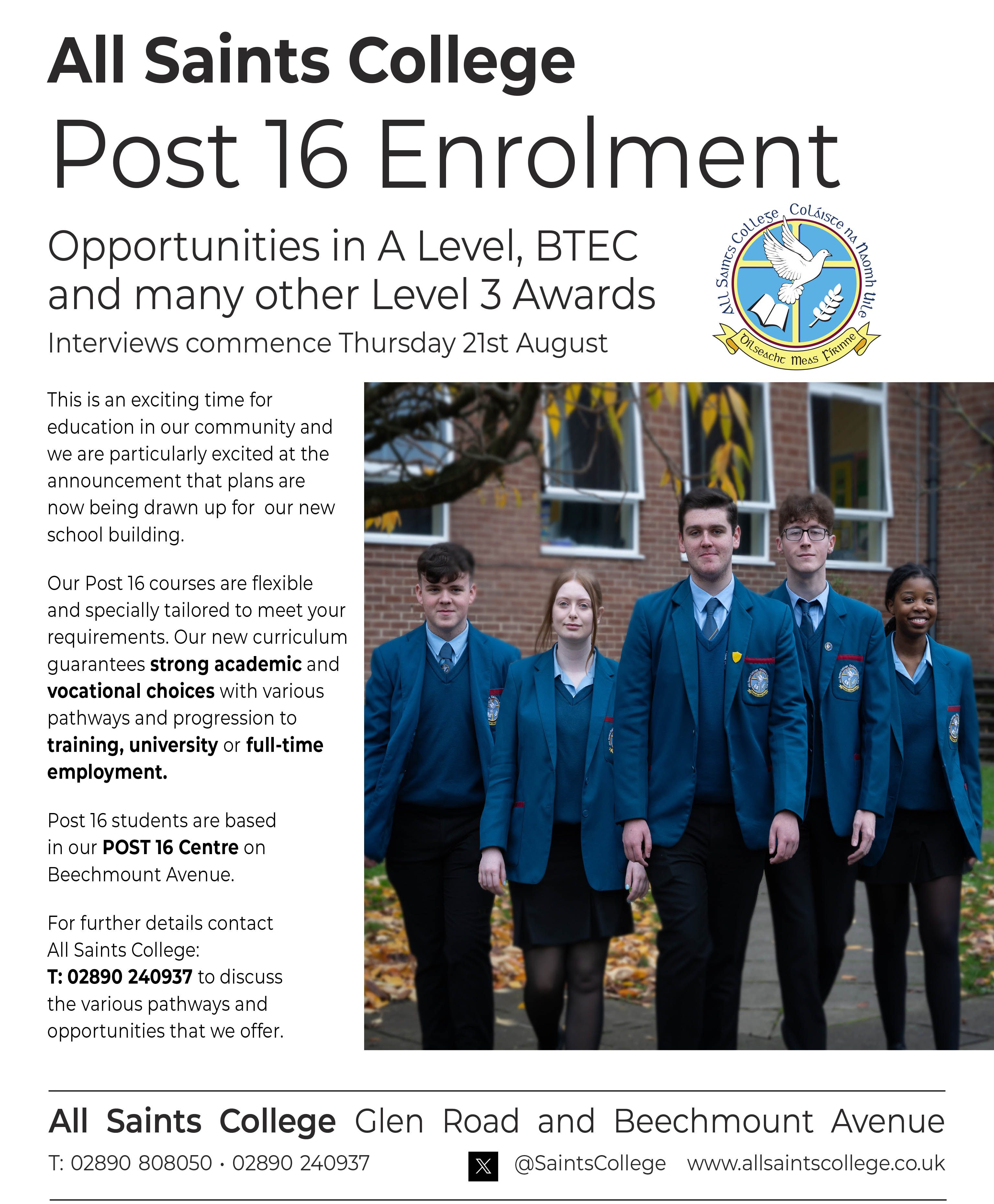IT’S one of the best memories of Dúlra’s whole life, and like so many of our fondest memories, it’s a simple one.
His first daughter was just a year old and he decided to take her in the pram on her first trip to Colin Glen. It must have been early summer, because the upper glen was particularly beautiful, with sunlight breaking through the upper canopy and on to the paths and flowers below. But what was so special – magical even – was what greeted us.
Clouds of butterflies rose from the forest floor like dancing fairies. There were literally hundreds of them all around us, flitting silently from flower to flower. They were white with an orange edge to their wings – the orange-tip butterfly, barr buí in Irish.
There’s a game we had played from she was no age – ‘What does a duck do?’ ‘What does a cow do?’ And my wee girl would quack and moo. When Dúlra looked into that pram in Colin Glen, he saw a toddler totally captivated by the ever-moving creatures all around her – she had raised both hands above her head and was flapping her fingers against her palm. ‘Cad é a dhéanann feileacán?’ we used to say, and she’d copy our hand actions.
But up until then she didn’t actually know what a ‘feileacán’ was – she hadn’t actually seen one.
And then, on that early summer’s day, it all made sense.
Memories of that fabulous day came back to Dúlra this week as a new book was launched: An Atlas of Butterflies in Ireland 2010-2021, which gives precise figures on our 35 species. Records on Irish butterflies go back as far as 1900, but it’s only when an ‘atlas’ like this is produced that a national baseline can be established.
Co-author Jesmond Harding says that “even our commonest butterflies are suffering the assault of modernity”. She warns against “pre-baseline amnesia”, where people accept our degraded natural ecosystems. Young people today see the countryside around Belfast with its shorn or uprooted hedgerows and ever-increasing farmed fields and think that’s normal. Each new generation defines what is ‘natural’, unaware that our countryside – and indeed our rivers and seas – were once incredible ecosystems packed with species.
This butterfly atlas will go some way to correct this bias.
Only one species, the holly blue, which visits Dúlra’s garden, increased in population during 2010-21. For the 15 commonest species, the average decline was a depressing 55 per cent.
Harding points out that none of these butterflies are highly specialised species that only live in rare habitats. When our most common species plunge it’s because of widescale environmental degradation.
Butterflies are so visible that they can easily be counted and so she calls them the canary in the coalmine that are warning us about the state of the countryside. They are reliable biological indicators that tell us of the quality of the soil, water, air and vegetation.
The orange-tip that we saw in Colin Glen was the male – only he has that flash of orange. The female is harder to identify. He’ll be seen flitting along hedgerows and over meadows in search of the more reclusive female, who has a mottled green and white underside that gives her superb camouflage on plants like cow parsley.
The decline in Irish butterflies as shown in the atlas are chilling, Harding says, adding that the orange-tip – “our loveliest spring butterfly” – declined by 68 per cent during 2008-21.
Visitors to Colin Glen today, it’s sad to say. may not be as lucky as Dúlra and his daughter.
• If you’ve seen or photographed anything interesting, or have any nature questions, you can text Dúlra on 07801 414804.






